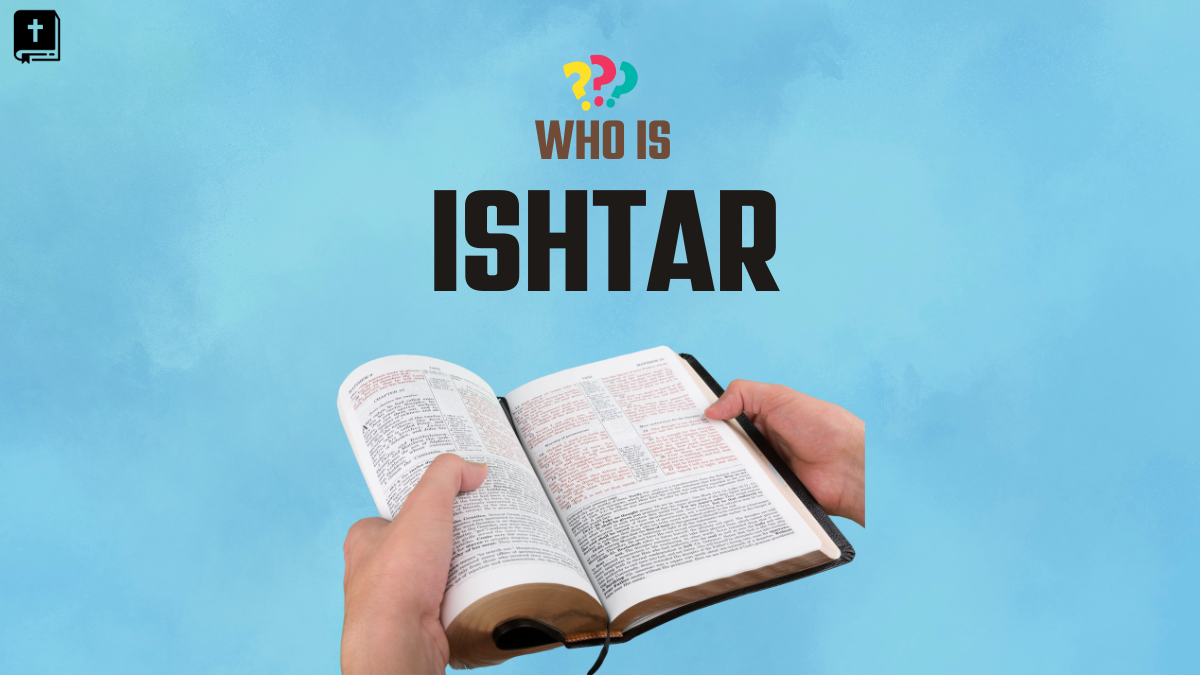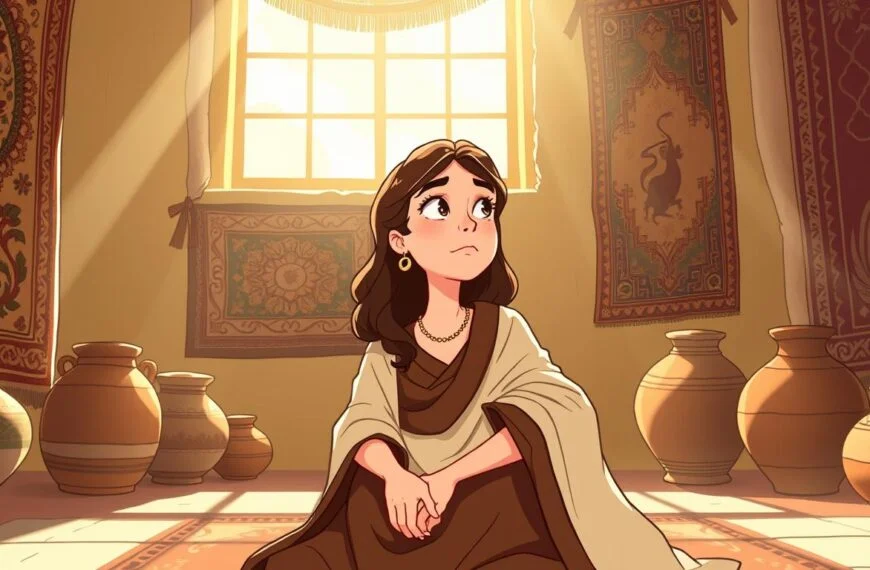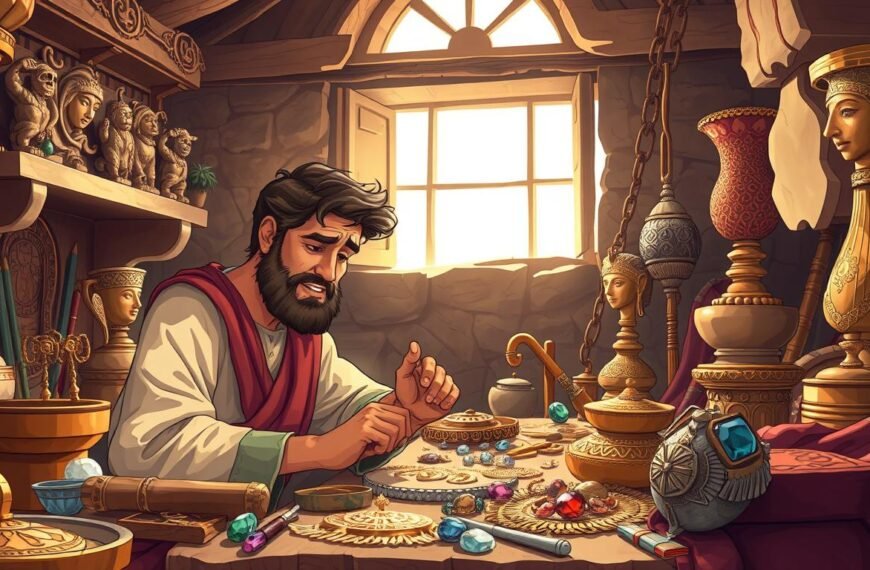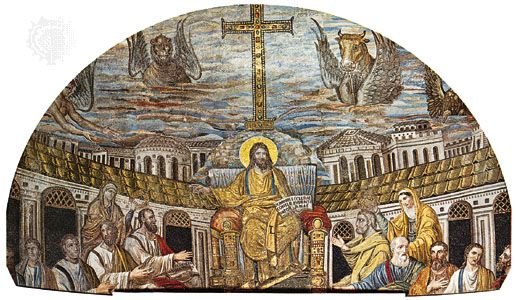What if the traits we see in love and power today come from an ancient goddess? Who Is Ishtar In The Bible? Ishtar, the Mesopotamian goddess of love and war, is key in ancient religions. She’s not named in the Bible but her influence is still felt, making us wonder about her role as the “Queen of Heaven.”
Ishtar’s story shows her deep impact on worship and mythology. It also highlights her lasting effect on human culture.
Introduction to Ishtar
Ishtar is a key figure in ancient Near Eastern religions. She is known for her roles in love and war. Her influence reaches across many ancient cultures, showing her deep spiritual impact.
Overview of Ishtar as a Mesopotamian Goddess
Ishtar is often linked to Inanna in Sumerian stories. She is a goddess of love, tied to fertility and passion. Yet, she is also a goddess of war, known for her bravery.
This mix of traits made her very important in ancient times. People built temples for her in Babylonia and Assyria.
Significance of Ishtar in Ancient Cultures
Ishtar’s impact was huge in ancient cultures. People looked to her for love and victory. Her roles in love and war made her very special.
As a goddess of love, she helped with matters of the heart. As a goddess of war, she offered protection and strength. This made her a crucial figure in Near Eastern religions.
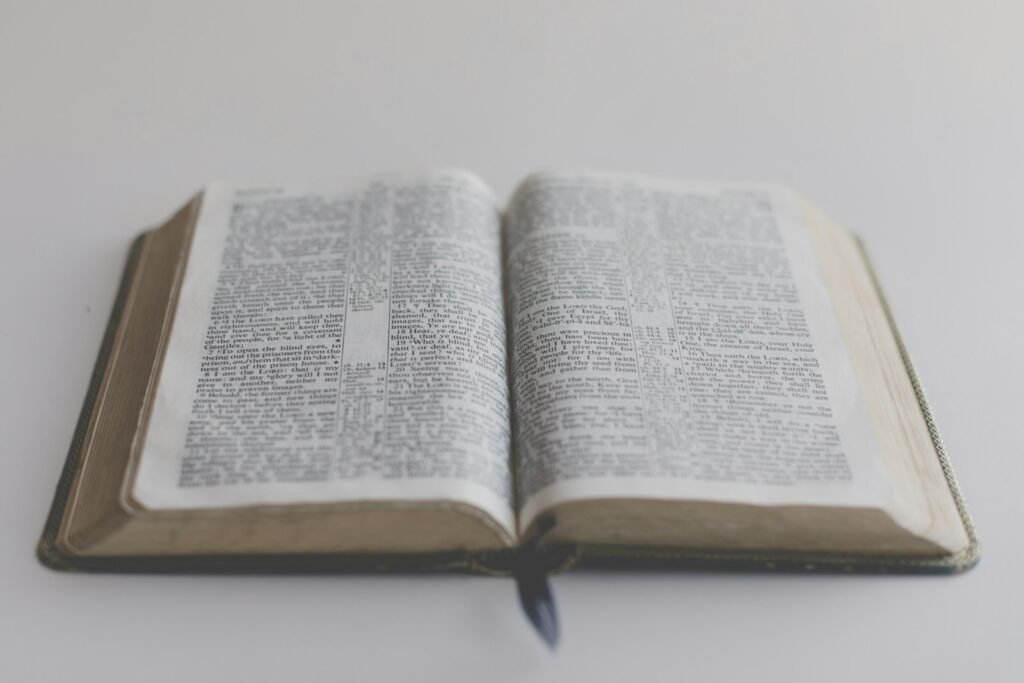
Ishtar’s Dual Nature: Love and War
Ishtar is a powerful figure in ancient mythology, known for both love and warfare. Her dual nature makes her a complex deity in Mesopotamian history. She touched many parts of life, from personal relationships to national conflicts.
Goddess of Love and Fertility
Ishtar was the goddess of love and fertility. People revered her for her beauty, desires, and role in procreation. They sought her blessings for better relationships and successful childbirth.
Followers honored her with offerings, believing she could bring happiness and abundance. Many women turned to Ishtar for help with their family and relationship wishes.
Goddess of War in Assyrian Culture
In Assyrian culture, Ishtar took on a fierce warrior persona. She was often shown with weapons and leading armies to victory. Her role as a war goddess showed her importance in justice and protection.
Assyrians called upon her strength in battle, seeing her as a divine warrior. This dual role made Ishtar a key figure in ancient Mesopotamian culture.
Who Is Ishtar In The Bible
Ishtar’s impact reaches beyond Mesopotamian myths into the Bible. Her name isn’t directly mentioned in the Bible. Yet, there are hints of her importance through indirect references.
References and Indirect Mentions in Scripture
The Bible hints at Ishtar’s worship through certain references. For example, Jeremiah talks about women making cakes for the “Queen of Heaven.” This title often makes people think of Ishtar, known for her roles in love, war, and fertility.
These passages show how ancient customs blended into biblical stories. They reveal the worship practices of the time.
Connection with the “Queen of Heaven”
The title “Queen of Heaven” is key when talking about Ishtar in the Bible. This title links to many goddesses across cultures, showing a form of worship similar to Ishtar’s. This shows how pagan practices merged with early Judeo-Christian beliefs.
This blending of beliefs is typical of ancient religions. It highlights the syncretism of the time.
Temples and Worship of Ishtar
Ishtar was highly respected in Babylon and Assyria. Her temples were key to ancient worship. They were not just for prayer but also for community events. This made them important for society.
Sites of Worship in Babylon and Assyria
Ishtar temples were found all over ancient Mesopotamia, especially in Babylon and Assyria. These temples were known for their beautiful designs and colors. They showed how much the goddess was valued.
There were about 180 open-air shrines for Ishtar. Each one was a special place for people to come together and pray. These sites helped worshippers feel closer to their goddess.
Role of Ishtar in Ritual Practices
Rituals for Ishtar were rich and varied. They included hymns, prayers, and big ceremonies. These rituals celebrated her many sides, like love, fertility, and war.
Temples were where people came for spiritual guidance and social life. They were key to Ishtar’s role in linking the spiritual and everyday life of Babylon and Assyria.
Myths and Legends Associated with Ishtar
The myths of Ishtar tell stories that show her divine nature and her power over fertility and love. One key story is her journey to the underworld. It shows her bravery and determination.
The Descent of Ishtar to the Underworld
Ishtar goes to the underworld to save Tammuz, her loved one. This story is found in many old tales, talking about loss and the fight between life and death. Her trip shows she’s ready to face life’s hard parts, proving she’s both a caring goddess and strong against challenges.
Connection to Tammuz
Ishtar and Tammuz’s bond adds deep meaning to her myths. Tammuz stands for fertility and the changing seasons. His death and Ishtar’s grief match the cycles of farming, showing her role in fertility rituals. Their story highlights themes of life, death, and rebirth in ancient times.
Ishtar’s Influence on Other Cultures
Ishtar’s impact goes beyond Mesopotamia, blending into many ancient religions. She is known as a goddess of love, war, and fertility. Her traits are seen in other cultures, showing how religious beliefs shared across time.
Similarities with Other Deities like Astarte and Isis
In Canaanite tradition, Astarte is like Ishtar, focusing on love and fertility. Astarte’s role in ancient rituals shows the big Ishtar influence on nearby cultures. Isis from Egypt also shares traits with Ishtar, in war and care. These similarities suggest a wide sharing of worship and symbols among ancient faiths.
Impact on Different Regions and Pantheons
Ishtar’s worship spread far, changing pantheons far from Mesopotamia. Inspired by her, new gods and goddesses appeared, changing their mythologies. This shows how Ishtar’s traits were part of a global spiritual story, connecting with Astarte and Isis. Scholars still talk about her lasting impact today.
Ishtar and Fertility Cults
Ishtar was deeply linked to fertility cults, showing a complex mix of spiritual and social beliefs. In ancient Mesopotamia, her rituals often included temple prostitution. This was seen as a sacred act, not just a sexual one. It was meant to bring blessings and fertility to the land and people.
Temple Prostitution and Its Significance
Temple prostitution was key to Ishtar’s fertility cults. Women took part in these acts to honor the goddess. They believed it would bring prosperity and fertility to their homes. This worship was a big part of ancient society, blending sex with spiritual expression and community health.
Fertility Rituals in Ancient Temples
Ancient fertility rituals for Ishtar were crucial in temples. They were filled with elaborate ceremonies to win her favor. These rituals showed a strong belief in the goddess’s power over crops, human fertility, and prosperity. By joining in, communities aimed to be in line with Ishtar’s will. This ensured their crops and families would do well in the future.
Modern Interpretations of Ishtar
In today’s world, people see Ishtar in many ways. They view her as a symbol of women’s power and sexuality. Scholars and fans look into her history to see how she fits into our culture now. Ishtar’s complex nature inspires new views that match today’s values.
How Ishtar is Viewed Today
Ishtar is now seen as a symbol of strength and fertility. She draws attention from those interested in the sacred feminine. Her story offers symbolic interpretations that question old stories, showing her as a force of love and war. This view inspires art and literature, making her a part of our modern world.
Connection between Ishtar and Easter
People often talk about Ishtar and Easter, linking them through the goddess’s influence on traditions. Even though “Easter” sounds like Ishtar, the real links are not clear. Symbols like eggs and bunnies were in many cultures long before Ishtar, showing how traditions change over time.
Misperceptions About Ishtar
Many people misunderstand Ishtar because they see her as only a symbol of fertility. They link her with modern symbols like eggs and rabbits. But Ishtar was much more than that. She was a goddess of love, fertility, war, and power in ancient Mesopotamia.
Ishtar’s role is often simplified when talking about modern paganism and Easter rituals. But her worship was part of a rich cultural tradition. To understand her, we need to look deeper into her stories and rituals.
To truly get to know Ishtar, we must study ancient texts and her cultural background. This helps us see her as more than just a fertility symbol. It shows her importance in ancient societies.
FAQ
Who Is Ishtar In The Bible?
Ishtar was a key goddess in Mesopotamian mythology, worshipped in Babylon and Assyria. She was the goddess of love and war. She stood for fertility, sexuality, and divine justice.
How is Ishtar connected to the Bible?
The Bible doesn’t mention Ishtar directly, but it talks about the “Queen of Heaven”. This is often linked to her. It shows how ancient traditions blended with Biblical stories.
What are the main domains of Ishtar’s influence?
Ishtar was in charge of love, war, fertility, and sensuality. Women and warriors called on her for blessings and victory. This shows her dual nature.
Where were the temples of Ishtar located?
Ishtar’s temples were all over Mesopotamia, especially in Babylon and Assyria. There were about 180 open-air shrines for her worship and rituals.
What major myth is associated with Ishtar?
A famous story about Ishtar is her journey to the underworld for Tammuz. This story shows life’s cycle and fertility. It’s similar to the story of Persephone.
How does Ishtar’s worship influence other cultures?
Ishtar’s impact reached other cultures, like Canaanite and Egyptian traditions. Deities like Astarte and Isis shared traits with her, showing how religious ideas spread.
What role did temple prostitution play in Ishtar’s worship?
Temple prostitution was part of Ishtar’s cult, aimed at ensuring fertility. It linked sexuality, spirituality, and community rituals in ancient times.
What are some modern interpretations of Ishtar?
Now, Ishtar stands for feminine power and sexuality. Scholars and artists explore her, but some mix her with modern festivals like Easter wrongly.
What misconceptions surround Ishtar?
People often mix up Ishtar with today’s practices or link her with wrong symbols of fertility. To understand her, we need to look closely at ancient texts and culture.

Rockin’ the faith, one verse at a time!
Growing up, the Bible’s stories deeply impacted me. Now, with over 15 years of preaching experience, I blend timeless teachings with modern technology, making them relevant for today’s world.
Bible Hub Verse is my platform to share historical insights and thought-provoking articles, exploring both familiar and uncommon Christian topics. My passion is building a welcoming online space for everyone to learn, grow in their faith, and discover the Bible’s enduring message.
Join the journey!
God bless you.

